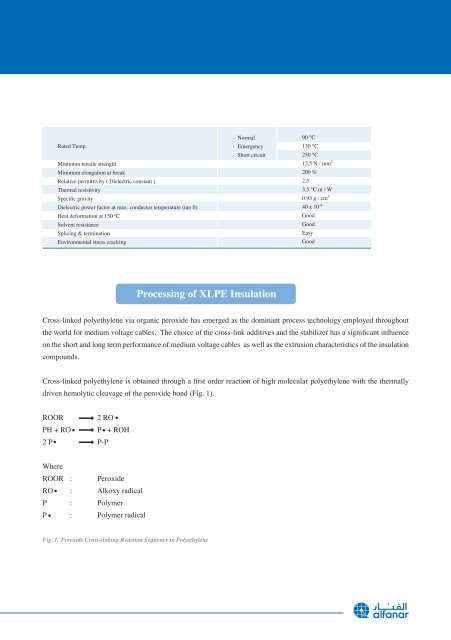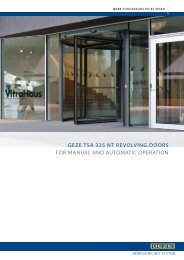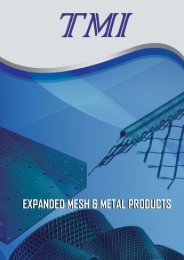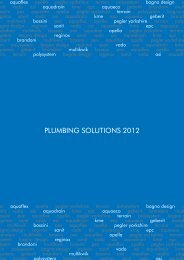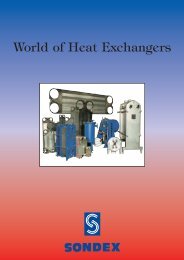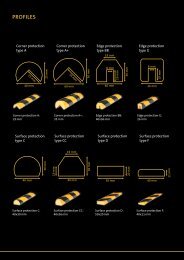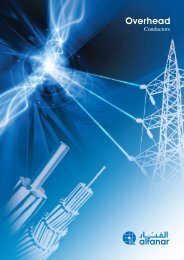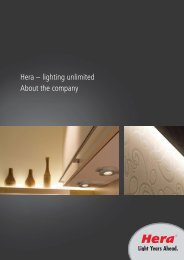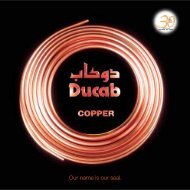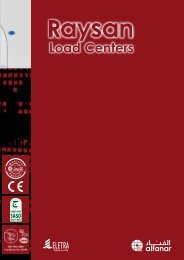- Page 1 and 2: Medium Voltage Power Cables
- Page 3 and 4: INDEX....... Medium Voltage Cables
- Page 5 and 6: General Information Selecting a Pow
- Page 7: Introduction to XLPE Insulated Cabl
- Page 11 and 12: Design of Medium Voltage Cables The
- Page 13 and 14: Construction of Medium Voltage Cabl
- Page 15 and 16: Construction of Medium Voltage Cabl
- Page 17 and 18: Single-Core Cables, with Copper Con
- Page 19 and 20: Three-Core Cables, with Copper Cond
- Page 21 and 22: Single-Core Cables, with Copper Con
- Page 23 and 24: Three-Core Cables, with Copper Cond
- Page 25 and 26: Single-Core Cables, with Copper Con
- Page 27 and 28: Three-Core Cables, with Copper Cond
- Page 29 and 30: Single-Core Cables, with Aluminum C
- Page 31 and 32: Three-Core Cables, with Aluminum Co
- Page 33 and 34: Single-Core Cables, with Aluminum C
- Page 35 and 36: Three-Core Cables, with Aluminum Co
- Page 37 and 38: Single-Core Cables, with Aluminum C
- Page 39 and 40: Three-Core Cables, with Aluminum Co
- Page 41 and 42: Single-Core Cables, with Copper Con
- Page 43 and 44: Three-Core Cables, with Copper Cond
- Page 45 and 46: Single-Core Cables, with Copper Con
- Page 47 and 48: Three-Core Cables, with Copper Cond
- Page 49 and 50: Single-Core Cables, with Copper Con
- Page 51 and 52: Three-Core Cables, with Copper Cond
- Page 53 and 54: Single-Core Cables, with Aluminum C
- Page 55 and 56: Three-Core Cables, with Aluminum Co
- Page 57 and 58: Single-Core Cables, with Aluminum C
- Page 59 and 60:
Three-Core Cables, with Aluminum Co
- Page 61 and 62:
Single-Core Cables, with Aluminum C
- Page 63 and 64:
Three-Core Cables, with Aluminum Co
- Page 65 and 66:
Single-Core Cables, with Copper Con
- Page 67 and 68:
Three-Core Cables, with Copper Cond
- Page 69 and 70:
Single-Core Cables, with Copper Con
- Page 71 and 72:
Three-Core Cables, with Copper Cond
- Page 73 and 74:
Single-Core Cables, with Copper Con
- Page 75 and 76:
Three-Core Cables, with Copper Cond
- Page 77 and 78:
Single-Core Cables, with Aluminum C
- Page 79 and 80:
Three-Core Cables, with Aluminum Co
- Page 81 and 82:
Single-Core Cables, with Aluminum C
- Page 83 and 84:
Three-Core Cables, with Aluminum Co
- Page 85 and 86:
Single-Core Cables, with Aluminum C
- Page 87 and 88:
Three-Core Cables, with Aluminum Co
- Page 89 and 90:
Single-Core Cables, with Copper Con
- Page 91 and 92:
Three-Core Cables, with Copper Cond
- Page 93 and 94:
Single-Core Cables, with Copper Con
- Page 95 and 96:
Three-Core Cables, with Copper Cond
- Page 97 and 98:
Single-Core Cables, with Copper Con
- Page 99 and 100:
Three-Core Cables, with Copper Cond
- Page 101 and 102:
Single-Core Cables, with Aluminum C
- Page 103 and 104:
Three-Core Cables, with Aluminum Co
- Page 105 and 106:
Single-Core Cables, with Aluminum C
- Page 107 and 108:
Three-Core Cables, with Aluminum Co
- Page 109 and 110:
Single-Core Cables, with Aluminum C
- Page 111 and 112:
Three-Core Cables, with Aluminum Co
- Page 113 and 114:
Single-Core Cables, with Copper Con
- Page 115 and 116:
Three-Core Cables, with Copper Cond
- Page 117 and 118:
Single-Core Cables, with Copper Con
- Page 119 and 120:
Three-Core Cables, with Copper Cond
- Page 121 and 122:
Single-Core Cables, with Copper Con
- Page 123 and 124:
Three-Core Cables, with Copper Cond
- Page 125 and 126:
Single-Core Cables, with Aluminum C
- Page 127 and 128:
Three-Core Cables, with Aluminum Co
- Page 129 and 130:
Single-Core Cables, with Aluminum C
- Page 131 and 132:
Three-Core Cables, with Aluminum Co
- Page 133 and 134:
Single-Core Cables, with Aluminum C
- Page 135 and 136:
Three-Core Cables, with Aluminum Co
- Page 137 and 138:
Cables For Special Applications Lea
- Page 139 and 140:
Annex A: Continuous Current Ratings
- Page 141 and 142:
Annex A: Continuous Current Ratings
- Page 143 and 144:
Annex B: Recommendations B.4.1 Pull
- Page 145 and 146:
Annex B: Recommendations telephone
- Page 147 and 148:
Annex D: Formulas D.1 Resistance Th
- Page 149 and 150:
Annex E: Derating Factors Table E.1
- Page 151 and 152:
Annex E: Derating Factors Table E.6
- Page 153 and 154:
Annex E: Derating Factors Table E.1
- Page 155 and 156:
Annex E: Derating Factors Cables on
- Page 157 and 158:
Annex E: Derating Factors Cables on
- Page 159 and 160:
Annex F: Short Circuit Current Tabl
- Page 161 and 162:
Annex H: Coding Key 1 2 3 4 5 6 7 8
- Page 163 and 164:
Annex J: Conversion Table Multiply
- Page 165 and 166:
Product Range manufactures a wide r
- Page 167:
Contact us markets and sells over 8


